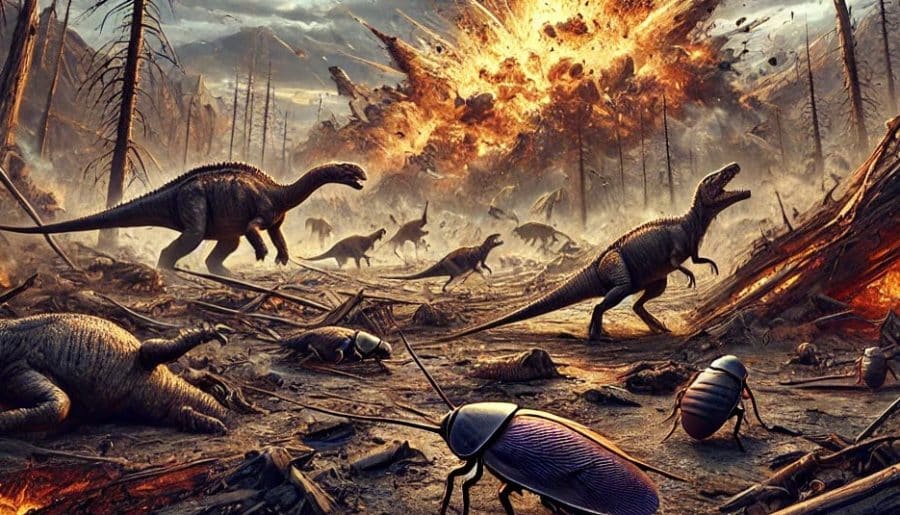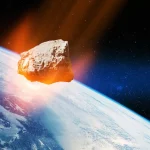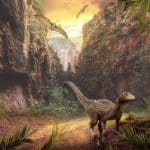About 66 million years ago, a massive asteroid called the Chicxulub hit the Earth, which was once dominated by dinosaurs. The asteroid was about 10 kilometers (6 miles) in diameter, with an impact that caused giant waves, raging wildfires, volcanic eruptions, and a long period of darkness because dust and debris blocked the sun.

Because of this, over 75% of Earth’s species went extinct, including the dinosaurs and some ancient plants and animals. But did you know that aside from some ancestors of our modern birds, reptiles, amphibians, and mammals, insects also survived the impact?
Yes. You read that right! It’s the cockroaches!
Now, you might wonder, “How could insects so small as cockroaches survive such a powerful impact?”
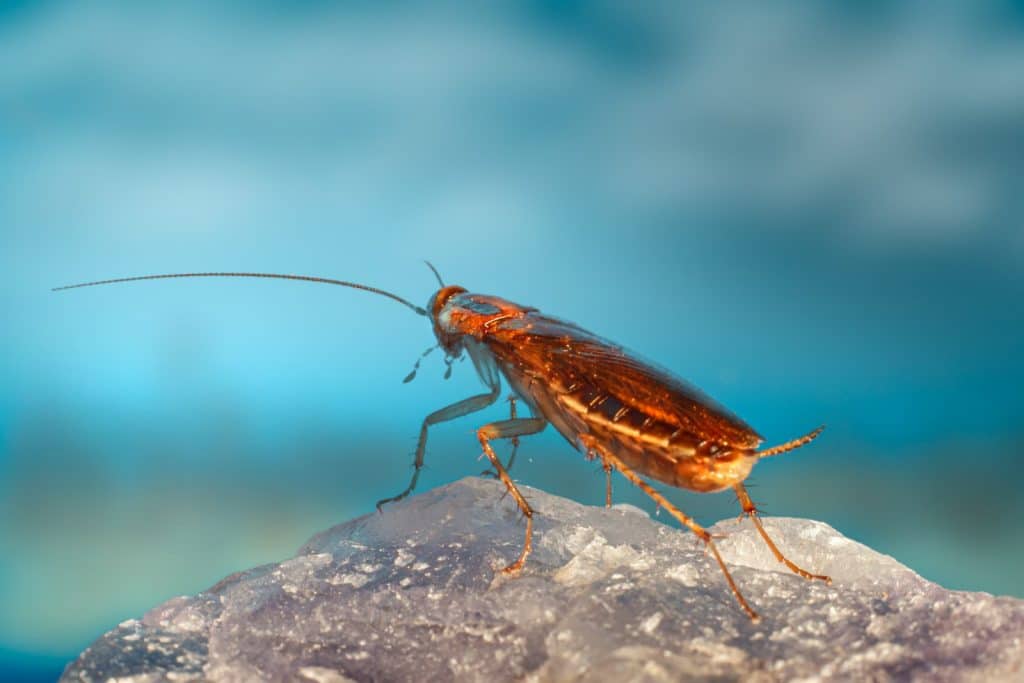
Well, read on. I’ll share with you the secret of how cockroaches survived in this post.
When an asteroid from space hit Earth, its surface became extremely hot. The impact also caused massive tidal waves and fires. Dirt and ash from the collision and the fires also led to a dark, cold period known as an ‘impact winter,’ blocking sunlight from reaching the Earth’s surface for about a year.
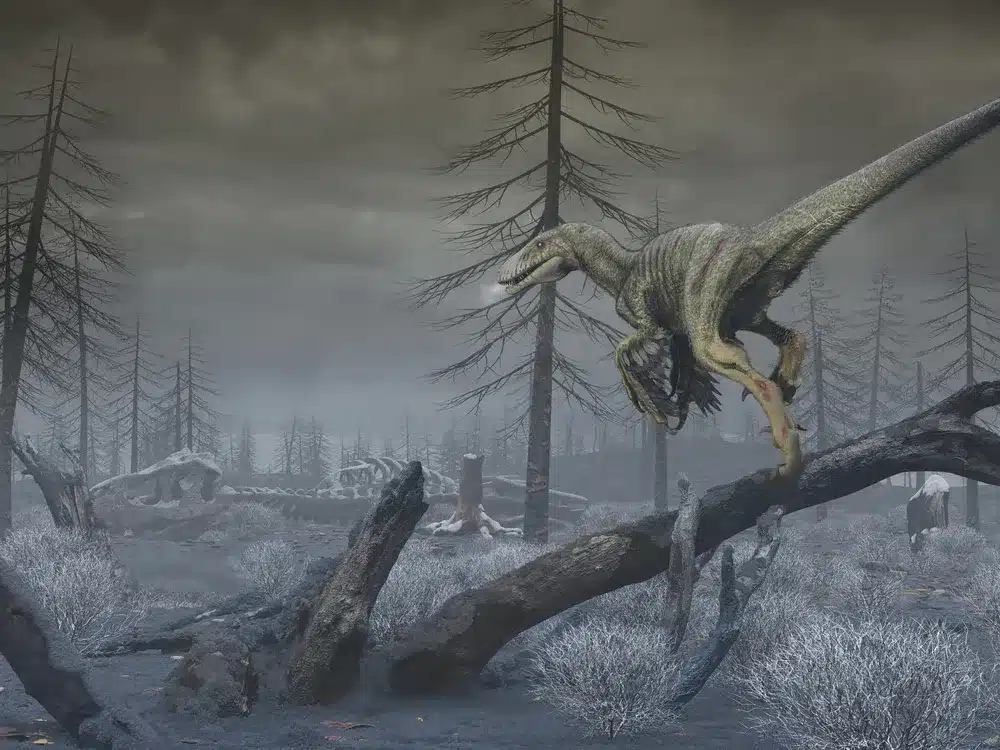
Brian Lovett, a postdoctoral researcher at the Division of Plant and Soil Sciences at West Virginia University, said cockroaches might have survived this thanks to their ability to hide and survival instincts.
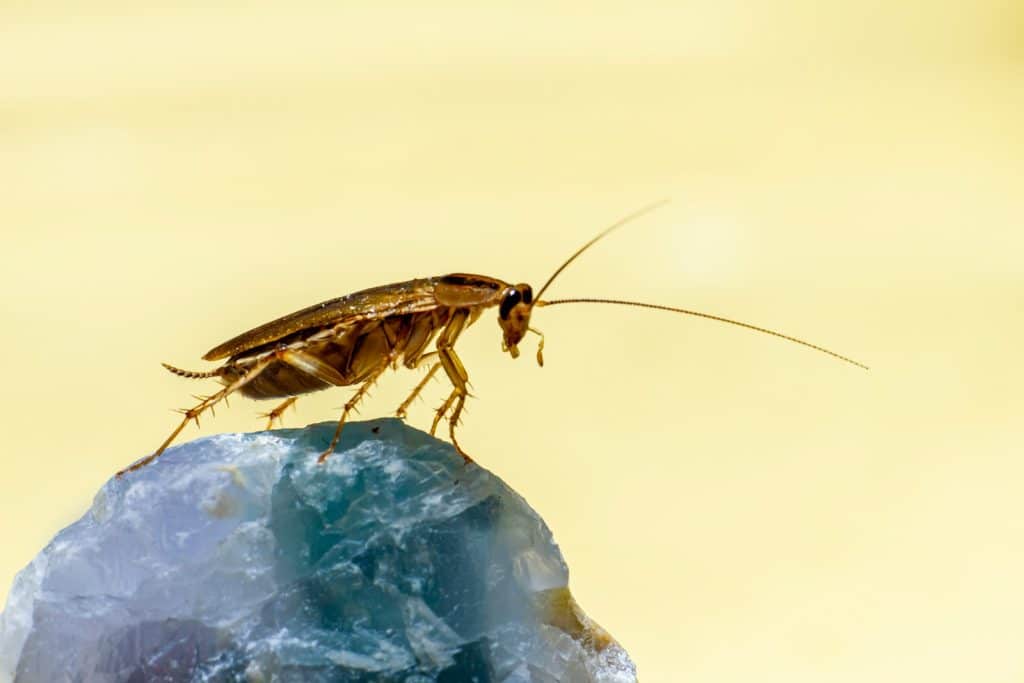
Many animals couldn’t escape, but cockroaches found tiny cracks in the ground to hide in, which kept them safe from the intense heat. They are also flat insects, which means they can hide just about anywhere, which might have helped them survive the Chicxulub impact.
Because of the impact of winter, plants had a hard time growing, and many animals that depended on these plants didn’t have enough to eat.
On the other hand, cockroaches are omnivorous scavengers. This means they’ll eat pretty much anything, whether it’s from animals, plants, cardboard, certain clothes, or even poop.
Another useful trait is that cockroaches lay their eggs in protective cases called oothecae.
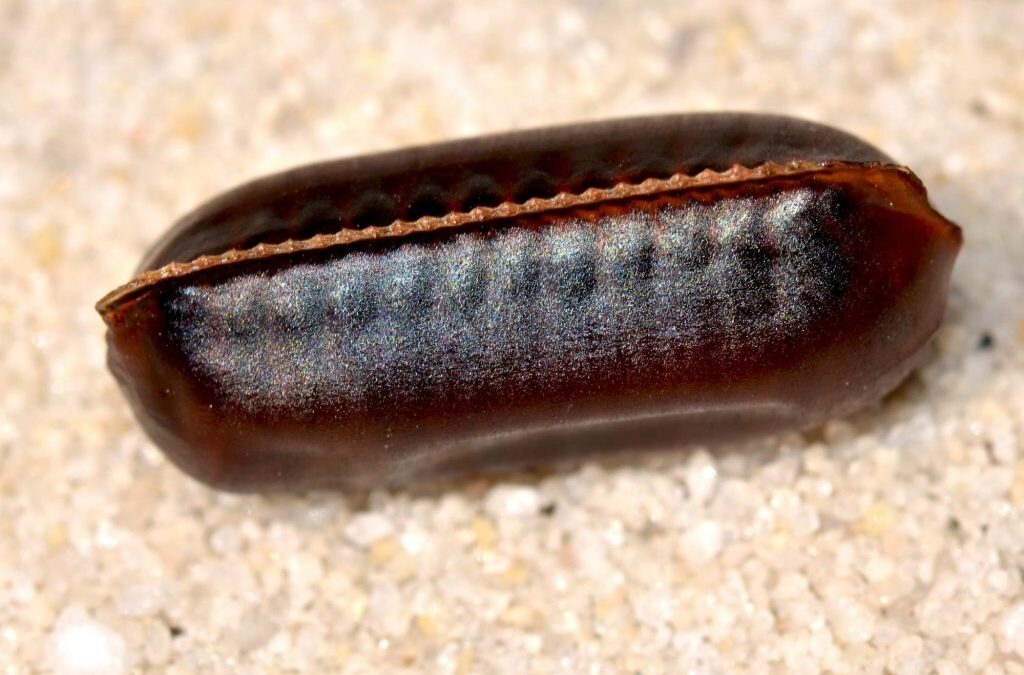
These eggs look like hard, dried beans, which keeps the embryos safe from getting squished and other threats. You might have seen one before.
Scientists believe that it’s even possible that some cockroaches stayed in these cases to survive the huge asteroid impact.
